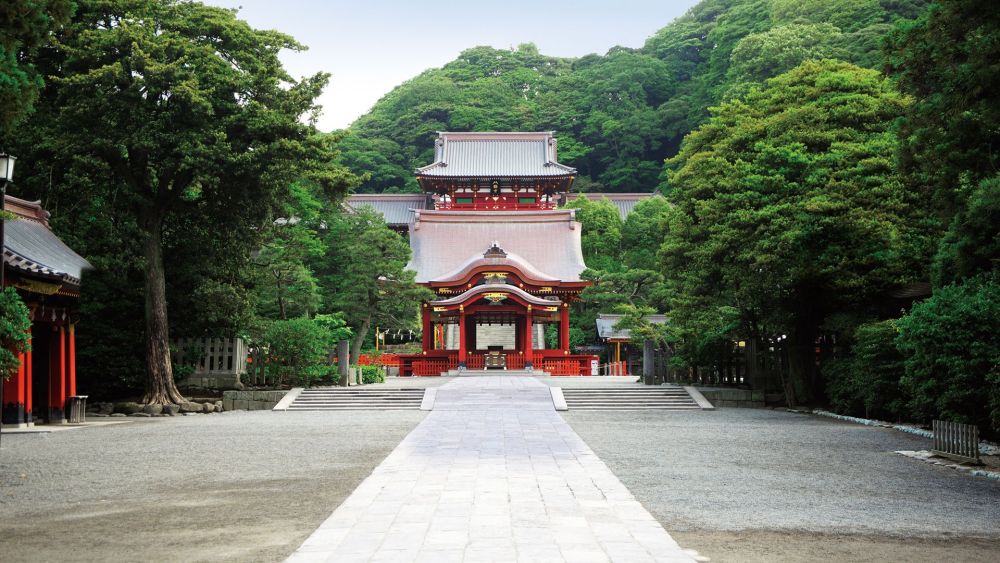Notable features of the shrine include the Maiden (a stage for dance and music performances), two ponds representing the Minamoto and Taira clans, the Great Ginkgo tree (although it fell in 2010, it remains a symbol of the shrine), and several sub-shrines and museums within the precincts.

